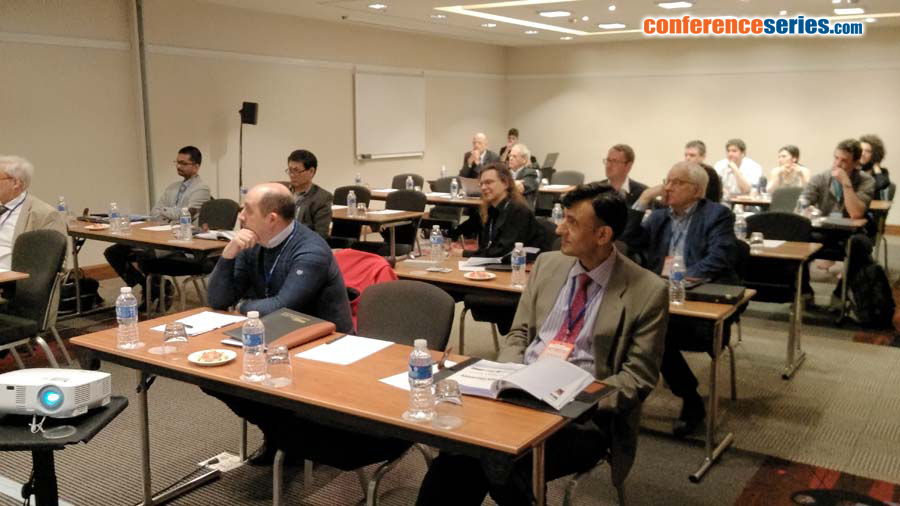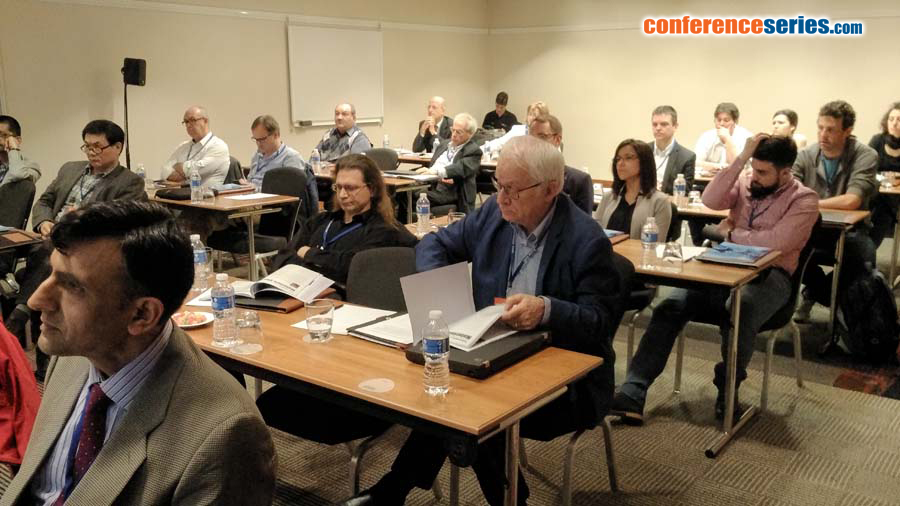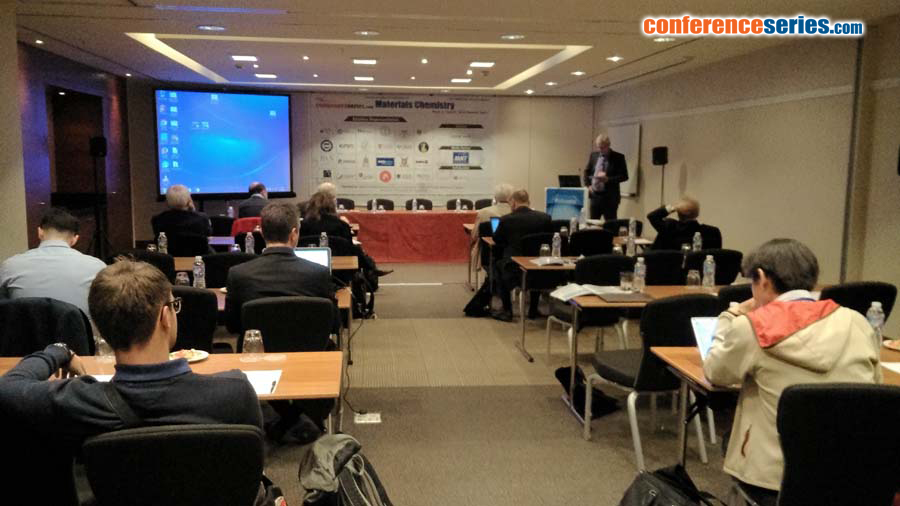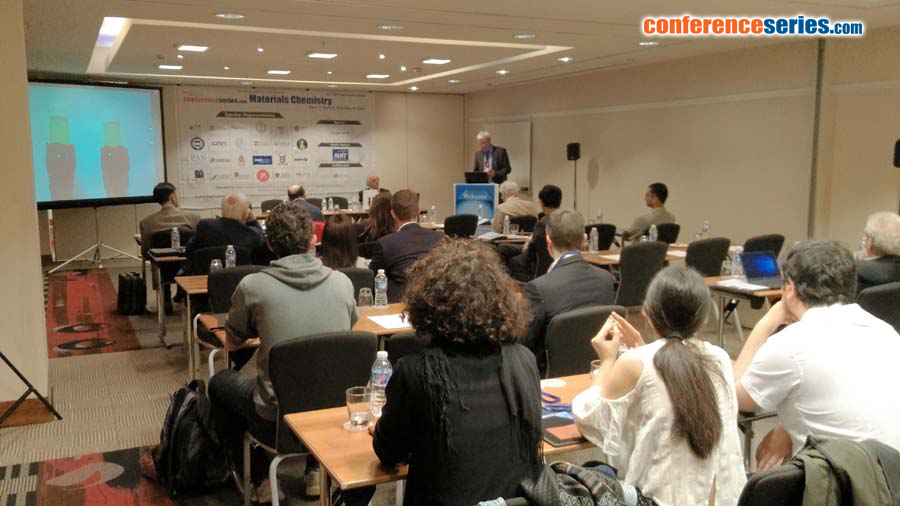
Johann G Meier
ITAINNOVA Instituto Tecnológico de Aragón, Spain
Title: On the peculiar mechanical and tribological behavior of polymer nanocomposites with nanotubes of WS2 and nanowires of Mo6S2I8
Biography
Biography: Johann G Meier
Abstract
We report on the preparation and resulting mechanical and tribological properties of polymer nanocomposites (PNC) based on nanotubes of tungsten disulfide (WS2) and nanowires of Mo6S2I8 (MoSI) with both; a semicrystalline apolar and an amorphous polar thermoplastic polymer (i-PP, PC). The PNCs were obtained by melt-mixing of nanoparticles into polymer using a lab-scale conical twin-screw extruder. We present the results of the mechanical and tribological properties of the PNC in function of NP-concentration and processing conditions. Most, interesting is the fact that excellent reinforcement of both polymer matrices is obtained with both types of nanoparticle morphologies (wires and tubes). Up to 1.5 wt% nanoparticle concentration one observes a steady increase of Young’s modulus. Higher concentrations mark a plateau, which is ca. 25% higher than the pure polymer matrix. Estimates of the fibre aspect ratio, employing the reinforcement model of Halpin and Tsai, give very high values that are apparently beyond any physical sense, marking the limits of the Halpin-Tsai model. We point out that the extremely high reinforcing effect cannot be attributed to the induction of crystallinity nor changes in the crystalline morphology, because the effect occurs in the amorphous matrix as well. Studies of the tribological properties of the i-PP composites revealed a reduction of the friction coefficient by ca. 25% at a concentration of 1.5wt%. Composites with WS2-nanotubes performed better than nanowires of Mo6S2I8. Likewise wear rate was reduced by ca. 25%, although here the nanowires of Mo6S2I8 showed better results.




